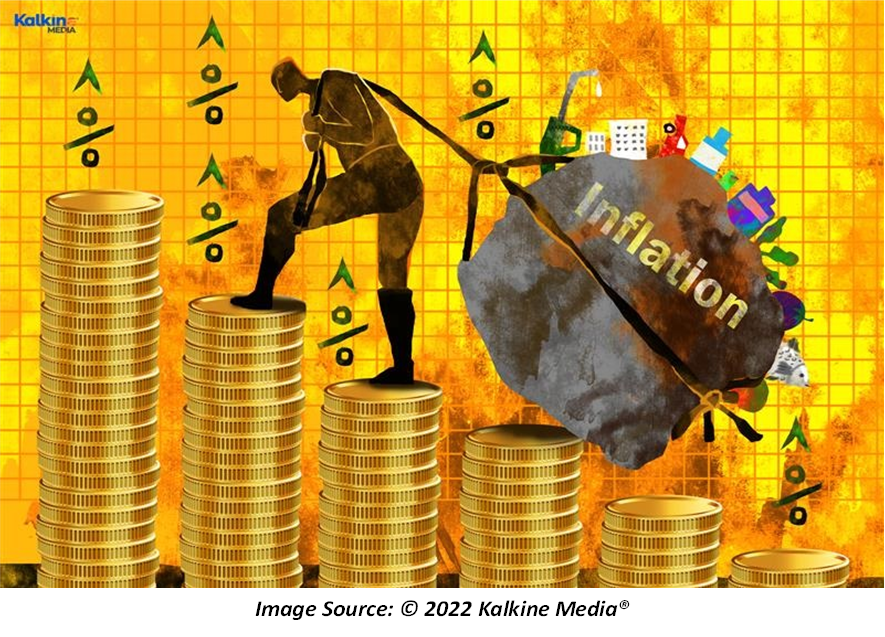Highlights
- The central bank has maintained the cash rate at 10 basis points.
- The escalation of the Russia-Ukraine war has made commodities more expensive.
- Once again, the RBA has not given a fixed timeline within which it plans to increase interest rates.
The Reserve Bank of Australia (RBA) has announced its cash rate decision for March 2022, which exhibits little change from the ongoing settings. The central bank has maintained the cash rate at 10 basis points in March for the 15th consecutive month. The move came a month after the RBA announced its decision to end the bond-buying program during the February monetary policy meeting.
When did Australia last increase its interest rates?
Governor Phillip Lowe further announced in the latest monetary policy meeting that the interest rate on Exchange Settlement balances will be zero percent. He also touched upon the ongoing conflict between Russia and Ukraine, adding that the war is a major source of uncertainty for Australia.
The added volatility has clouded the economic outlook for the Australian economy that is already battling high levels of inflation. Additionally, the underlying issues of supply-side snags and labour shortages continue to exacerbate inflationary fears.
ALSO READ: ABS update: Australia sees robust investor lending in January
Tensions mounting up globally
There seems to be a tough road ahead for Australia and other advanced economies. Many large-scale factors have quickly shaped up across the globe in a small span of time, starting from the pandemic to soaring demand, followed by shipment delays and inflation.
Commodities have become highly expensive since the Russia-Ukraine escalated. Additionally, bond yields have risen over the last month, and expectations of future policy interest rates have surged. The biggest concern looming ahead is the rise in inflation, which has increased faster than the RBA’s expectations.

The central bank is hopeful that inflation will take a breather once supply-side issues are resolved and consumption patterns normalise. In the central forecast, the RBA expects the underlying inflation to increase further in the coming quarters to around 3.25% before falling back to 2.75% in 2023. The consumer price index (CPI) is expected to soar owing to skyrocketing petrol prices.
RBA’s optimism
Despite ongoing challenges, the central bank has full faith in Australia’s ability to emerge out of the ongoing pressures. Governor Lowe shed light on the ongoing stability of the labour market, pointing to the current unemployment rate of 4.2%, which is at a 14-year low.
While unemployment remains low, the number of hours worked showed a decline in January, possibly due to the rising Omicron cases and growing fear among the masses of getting infected with the virus. However, infection rates have gone down over subsequent periods, and workers have quickly returned to work.
What are the Key Determinants of Interest Rates?
The RBA’s central forecast for the unemployment rate suggests that it will fall below 4% this year and will stay below 4% in the next year. The estimates for wages suggest a gradual pick up, though there is uncertainty due to the low level of unemployment.
Bottom Line
As usual, the RBA has not given a fixed timeline within which it plans to increase interest rates. Governor Lowe acknowledged that the fairly accommodative financial conditions have fueled high prices across housing in Australia. However, for now, the central bank wants to rely on stricter lending conditions that have been implemented on borrowers. Despite no clarity from the RBA on the topic of interest rates, experts predict that an interest rate hike will be achieved by the end of this year.
ALSO READ: How can Australia’s international border reopening revamp the job market?



